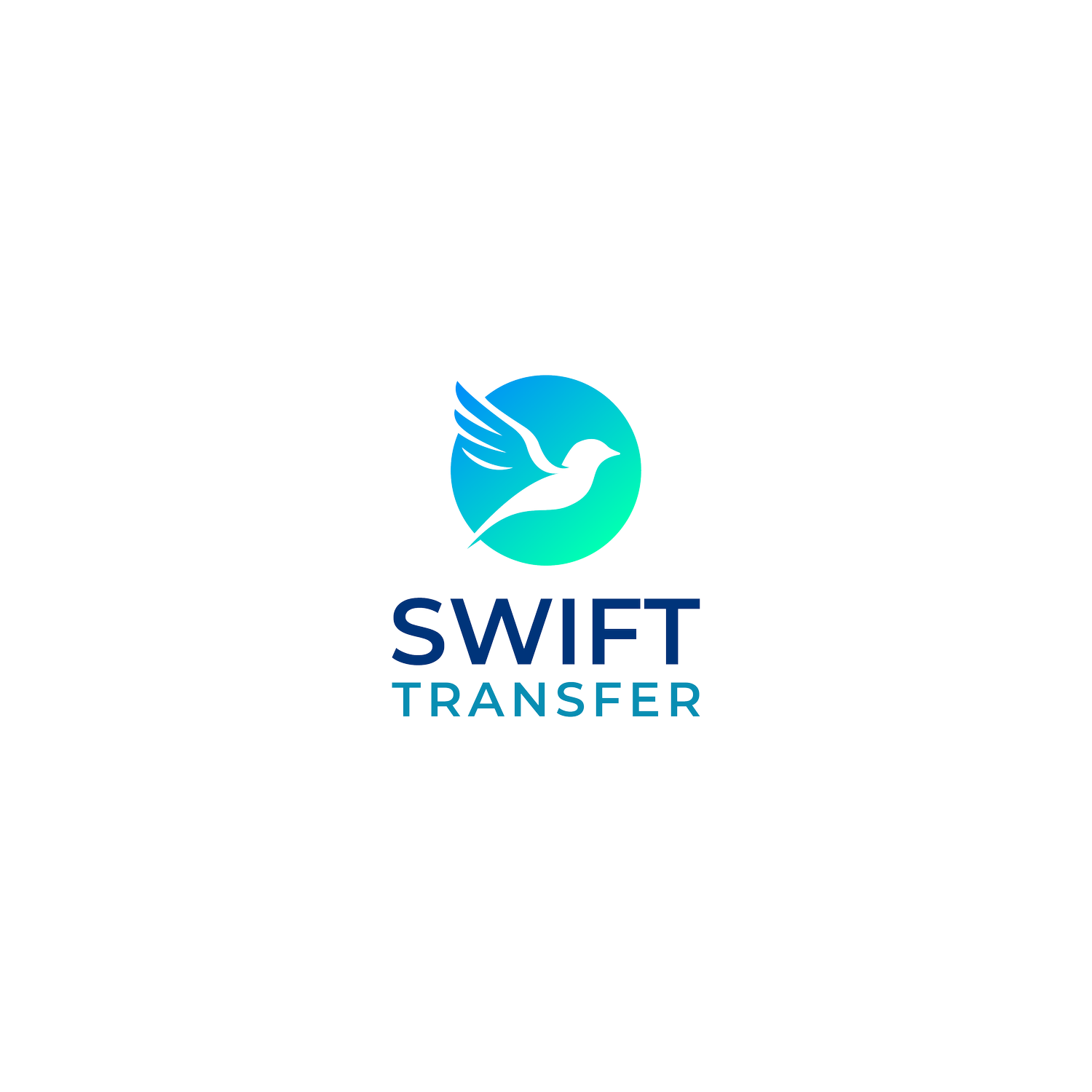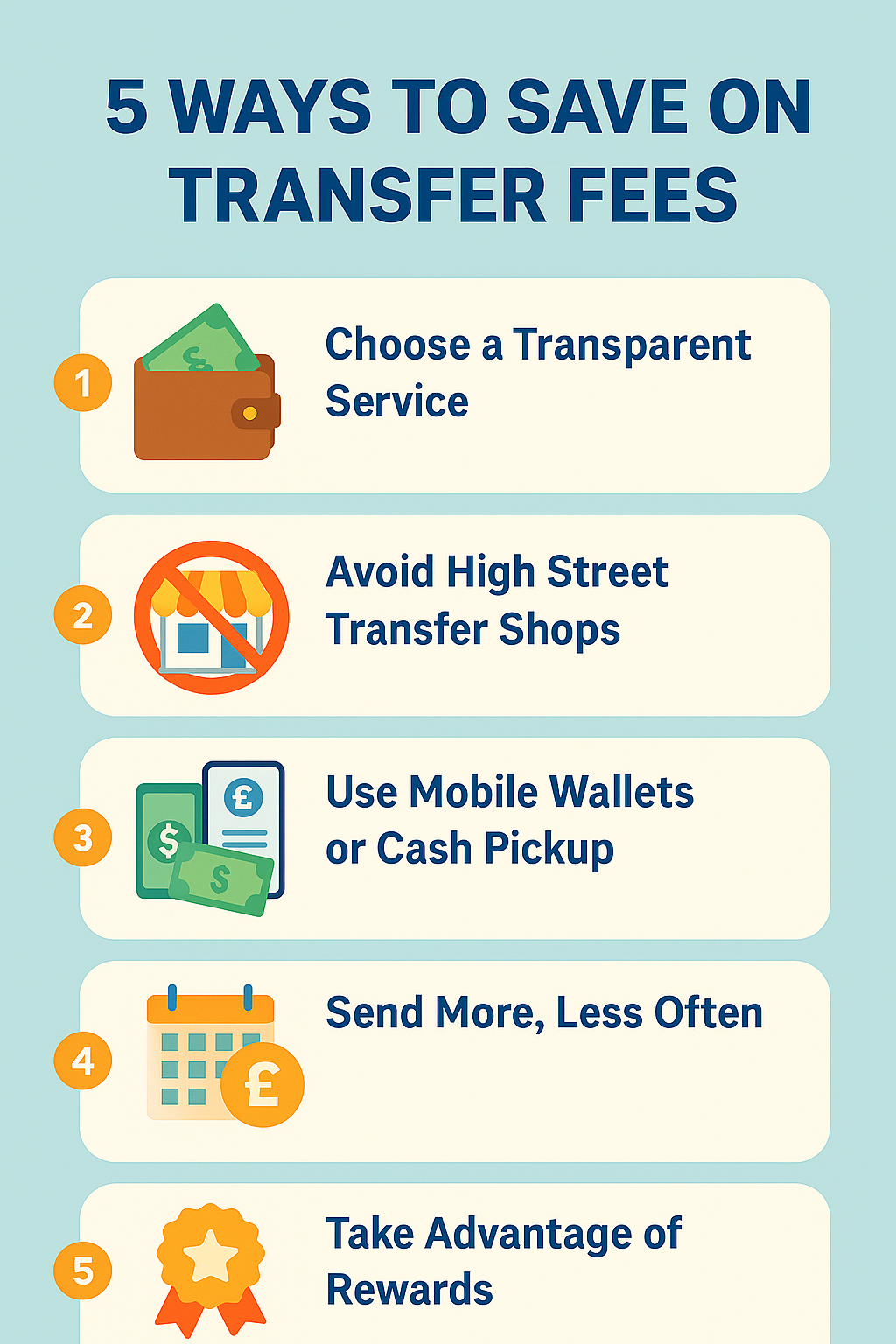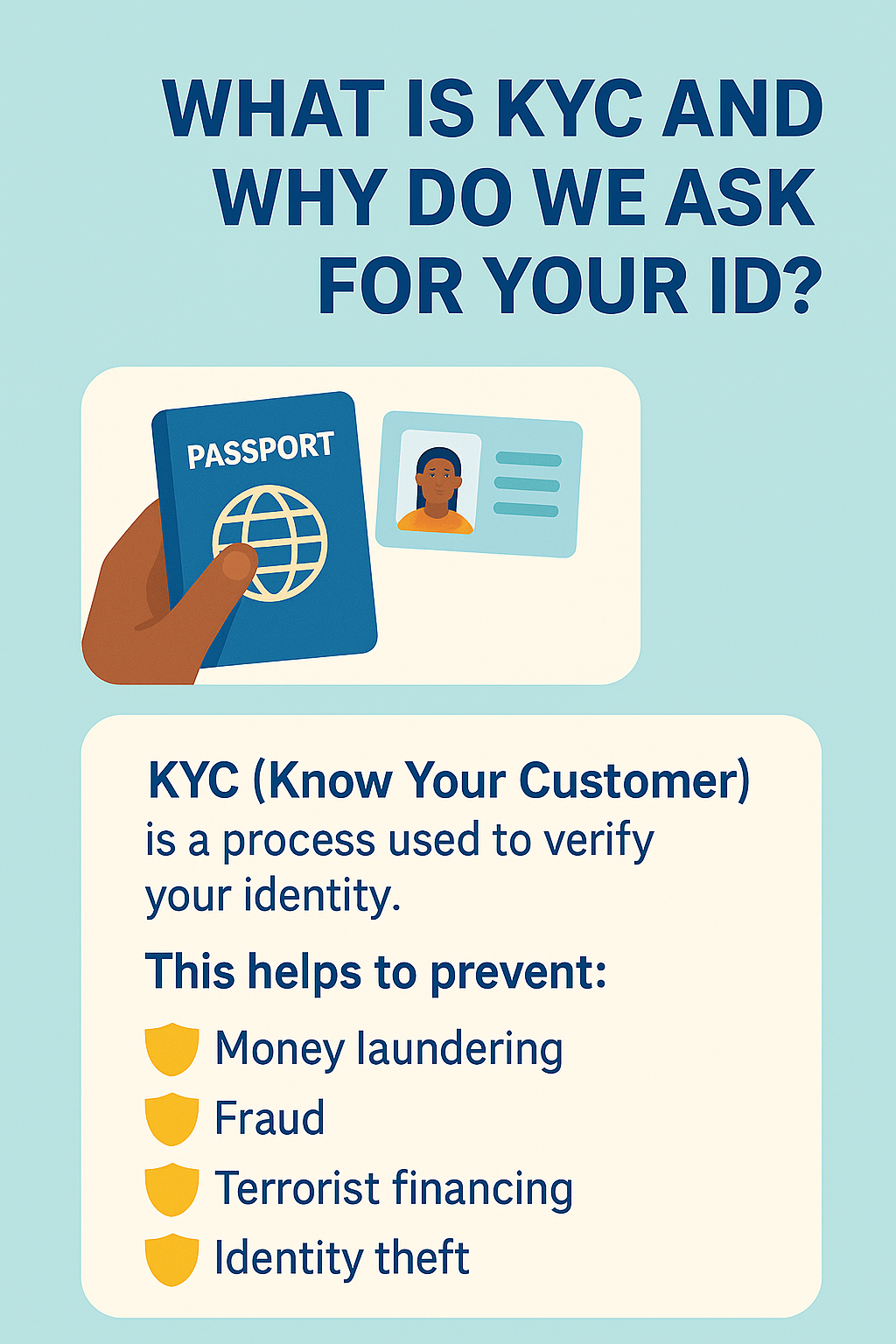How to Send Money to Gambia or Senegal in Minutes with SwiftTransfer
It all begins with an idea.
Sending money back home shouldn't be complicated, slow, or expensive—and with SwiftTransfer, it's not.
Whether you're supporting family in Banjul or helping a friend in Dakar, our platform is built to make remittances fast, easy, and secure. Here's how it works:
Step 1: Download the SwiftTransfer App
Start by downloading our mobile app from the App Store or Google Play. It's light, quick to install, and works even on low-data connections.
Step 2: Register Your Account
You’ll need just your:
Name
Phone number
(Optional) Email
If you're sending more than £250, we’ll ask for a quick KYC check—like a photo of your passport or ID.
Step 3: Add Your Recipient
Enter their:
Name
Phone number
Country
- Delivery method (Mobile Wallet or Cash Pickup)
Step 4: Choose How to Pay
You can pay using:
Debit Card
Apple Pay
Bank Transfer (coming soon)
We’ll show you the real-time exchange rate and exact fees—no hidden charges.
Step 5: Send and Relax
Your money is on its way—usually delivered within minutes.
Your recipient will get a QR code or SMS confirmation, depending on the method they chose. If they’re using an agent for cash pickup, all they’ll need is their code and ID.
Why Use SwiftTransfer?
Low Fees
Instant Delivery
WhatsApp Support
Trusted by Your Community
You can track every transfer and get help anytime with our friendly support team—available in English, French, Wolof, and Mandinka.
Ready to try it?
Download the app and send your first transfer today. Fast, fair, and built for you.
5 Ways to Save on Transfer Fees When Sending Money Home
It all begins with an idea.
Sending money back home is an act of love—but those hidden fees? Not so much.
If you're supporting loved ones in The Gambia, Senegal, Nigeria, or Ghana, here are five smart ways to cut costs and keep more money in your hands—and theirs.
1. Choose a Transparent Service
Many providers advertise “low fees,” but then add hidden charges in the form of poor exchange rates.
According to the World Bank’s Remittance Prices Worldwide report (2023), Sub-Saharan Africa remains the most expensive region to send money to, with an average cost of 7.8% for a $200 transfer—more than double the UN Sustainable Development Goal target of 3%.
SwiftTransfer shows:
Real-time exchange rates
Flat, clear fees
The exact amount your recipient receives—no surprises
2. Avoid High Street Transfer Shops
Traditional money transfer operators (MTOs) like Western Union or MoneyGram often charge high fixed fees plus exchange rate margins.
In a 2019 study by GSMA, it was found that digital remittance platforms were, on average, 50–60% cheaper than over-the-counter services.
Switching to an app-based platform like SwiftTransfer can save you both time and money.
3. Use Mobile Wallets or Cash Pickup Points
Mobile money is growing fast in Africa. Services like Afrimoney, QMoney, Wave, and Orange Money let recipients receive funds directly on their phones—no bank account required.
According to the GSMA State of the Industry Report (2024), over 621 million mobile money accounts exist in Africa, with usage rising every year.
Mobile payouts can often be cheaper and faster than traditional bank routes.
4. Send More, Less Often
If you send small amounts often (like £10–£20 per week), you may be paying the same flat fee each time—losing a chunk of value in the process.
WorldRemit’s fee comparison tool (2022) showed that sending £100 in one go is often 40–70% cheaper in total fees than five smaller transactions.
Tip: Combine transfers when you can to reduce frequency-based charges.
5. Take Advantage of Rewards
Many digital remittance platforms now offer incentives.
For example, SwiftTransfer’s “Send & Earn” program gives:
£5 for every friend you refer who completes their first transfer
Loyalty bonuses for frequent use
These programs can help offset fees or even put cash back in your pocket.
You work hard for your money. So don’t let fees eat it up.
By using a modern, mobile-first service like SwiftTransfer—with transparent pricing and smarter payout methods—you’ll spend less on transfers and deliver more value to your loved ones.
Sources:
World Bank (2023). Remittance Prices Worldwide Quarterly Report
GSMA (2024). State of the Industry Report on Mobile Money
WorldRemit (2022). Fee Transparency Guide
UNCDF (2023). Remittance Families and Financial Inclusion
Why Remittances Are a Lifeline for African Families
It all begins with an idea.
When you send money home, you're doing more than just transferring cash—you’re keeping families afloat, funding education, covering medical bills, and building futures.
For millions of households across Africa, remittances are a lifeline. Here's why they matter more than ever.
1. Paying for Essentials
Remittances are often used for:
Food
School fees
Rent or housing repairs
Electricity and water
Medical expenses
According to the World Bank (2023), remittances account for a significant portion of household income in many African countries, helping cover the basic cost of living, especially in areas where local wages are low or irregular.
2. Supporting Education
In countries like The Gambia, Ghana, and Nigeria, remittances help fund school fees, university tuition, and even internet access for online learning.
A UNESCO report (2022) found that remittance-funded households are more likely to keep children in school and pursue higher education, especially girls in rural communities.
3. Providing Emergency Relief
Remittances play a crucial role in times of personal or national crisis.
During the COVID-19 pandemic, for example, remittances remained a stable source of support even when other income sources disappeared. According to IFAD (2021), they were key in covering medical expenses and emergency housing costs.
4. Building a Better Future
Beyond immediate needs, families use remittances to:
Start small businesses
Buy farming equipment
Improve housing
A CGAP study (2021) found that remittance income is frequently reinvested into long-term assets, especially in rural African communities.
5. More Reliable Than Aid
The World Bank (2022) reported that remittances to low- and middle-income countries reached $626 billion, far exceeding total foreign aid contributions.
Unlike aid, which can be delayed or restricted, remittances go directly into the hands of families—fast and with purpose.
SwiftTransfer’s Role
At SwiftTransfer, we understand how powerful your money is. That’s why we:
Keep fees low
Deliver transfers instantly
Offer WhatsApp-based support
Partner with trusted agents and mobile wallets across West Africa
When you send money with us, you’re not just supporting a loved one—you’re strengthening a whole community.
References
World Bank. (2023). Remittances Data. https://www.worldbank.org
UNESCO. (2022). The Impact of Remittances on Education.
IFAD. (2021). Remittances and COVID-19 Recovery.
CGAP. (2021). Remittances and Financial Inclusion.
World Bank. (2022). Migration and Development Brief 36.
What is KYC and Why Do We Ask for Your ID?
It all begins with an idea.
If you’ve ever tried to send money and been asked for your passport or ID, you’ve probably wondered:
Why do I need to do this? What is KYC anyway?
Let us explain it simply.
What is KYC?
KYC stands for Know Your Customer.
It’s a process that financial institutions (like SwiftTransfer) use to verify your identity before allowing you to send or receive money. KYC is required by regulators—like the Financial Conduct Authority (FCA) in the UK—to help prevent:
Money laundering
Fraud
Terrorist financing
Identity theft
It’s a security layer that protects both you and the financial system.
What Does SwiftTransfer Ask For?
To follow KYC rules, we ask for basic documents when you:
Sign up
Try to send over a certain amount (e.g., £250 or more)
Update your personal details
We may request:
A valid passport or national ID
A selfie to confirm it’s you
Proof of address (only in certain cases)
Don’t worry—our system is encrypted and your documents are safe with us.
Why It’s Important for You
KYC protects you by:
Stopping someone from using your identity
Making sure your money doesn’t get blocked or delayed
Keeping SwiftTransfer compliant, so we stay licensed and trustworthy
We know it can feel like a hassle—but it’s one of the main reasons why your transfers stay secure and fast.
How Long Does KYC Take?
With SwiftTransfer, most users complete KYC in under 5 minutes.
You can upload your ID using your phone, and we’ll guide you step by step.
Our Promise: Fast, Fair & Compliant
We do KYC because we have to—but we do it with care.
Our goal is to keep the process:
Simple
Private
Transparent
We’ll never ask for more than what’s necessary, and we’re always here to help you through it.
Questions? Our WhatsApp support team is ready to assist—day or night.





